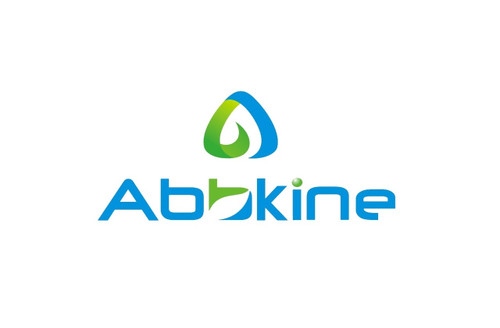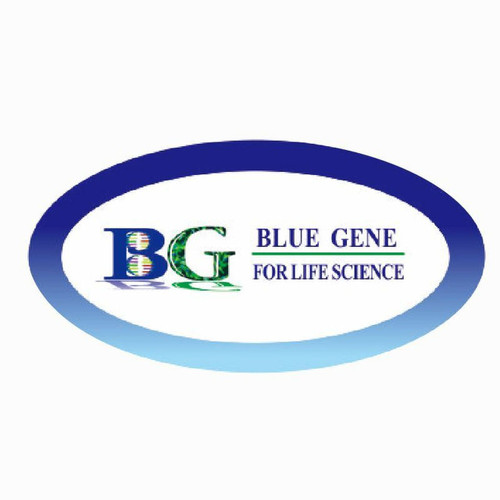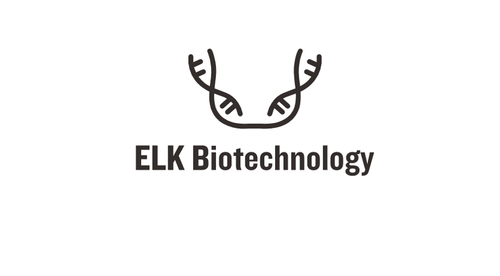Product Description
Human Sodium-dependent neutral amino acid transporter B (SLC6A19) ELISA Kit | AE18388HU | Abebio
Species Reactivity: Human (Homo sapiens)
Abbreviation: SLC6A19
Alternative Name: B0AT1; FLJ20680; FLJ34635; HND; sodium-dependent amino acid transporter system B0|solute carrier family 6 (neurotransmitter transporter) ; member 19|solute carrier family 6; member 19|system B0 neutr
Application: ELISA
Range: 0.625-40 ng/mL
Sensitivity: 0.252 ng/mL
Intra-Assay: ≤4.1%
Inter-Assay: ≤7.3%
Recovery: 0, 99
Sample Type: Serum, Plasma, Other biological fluids
Detection Method: Sandwich
Analysis Method : Quantitive
Test Principale: This assay employs a two-site sandwich ELISA to quantitate SLC6A19 in samples. An antibody specific for SLC6A19 has been pre-coated onto a microplate. Standards and samples are pipetted into the wells and anySLC6A19 present is bound by the immobilized antibody. After removing any unbound substances, a biotin-conjugated antibody specific for SLC6A19 is added to the wells. After washing, Streptavidin conjugated Horseradish Peroxidase (HRP) is added to the wells. Following a wash to remove any unbound avidin-enzyme reagent, a substrate solution is added to the wells and color develops in proportion to the amount of SLC6A19 bound in the initial step. The color development is stopped and the intensity of the color is measured.
Product Overview: SLC6A19 is a system B (0) transporter that mediates epithelial resorption of neutral amino acids across the apical membrane in the kidney and intestine.The deduced 634-amino acid protein contains 12 transmembrane domains. In situ hybridization detected Slc6a19 expression in renal cortical proximal tubules and in small intestine villus enterocytes, with highest expression in apical cells. EST database analysis suggested expression in several other tissues and cells. contains 634 amino acids and has 12 predicted transmembrane regions. In a panel of human cDNAs, they detected robust expression of SLC6A19 in kidney and small intestine, with minimal expression in pancreas. SLC6A19 was also expressed in stomach, liver, duodenum, and ileocecum.
Stability: The stability of ELISA kit is determined by the loss rate of activity. The loss rate of this kit is less than 5% within the expiration date under appropriate storage condition. The loss rate was determined by accelerated thermal degradation test. Keep the kit at 37°C for 4 and 7 days, and compare O.D.values of the kit kept at 37°C with that of at recommended temperature. (referring from China Biological Products Standard, which was calculated by the Arrhenius equation. For ELISA kit, 4 days storage at 37°C can be considered as 6 months at 2 - 8°C, which means 7 days at 37°C equaling 12 months at 2 - 8°C) .
 Euro
Euro
 USD
USD
 British Pound
British Pound
 NULL
NULL












